Mount Rainier National Park, located in Washington State, is one of the most iconic and breathtaking natural destinations in the United States.
Dominated by the majestic Mount Rainier, an active stratovolcano standing at 14,411 feet (4,392 meters), the park offers an unparalleled experience of alpine landscapes, wildflower meadows, ancient forests, and diverse wildlife.
Whether you’re an avid hiker, a nature lover, or simply seeking a serene escape, Mount Rainier National Park has something for everyone.


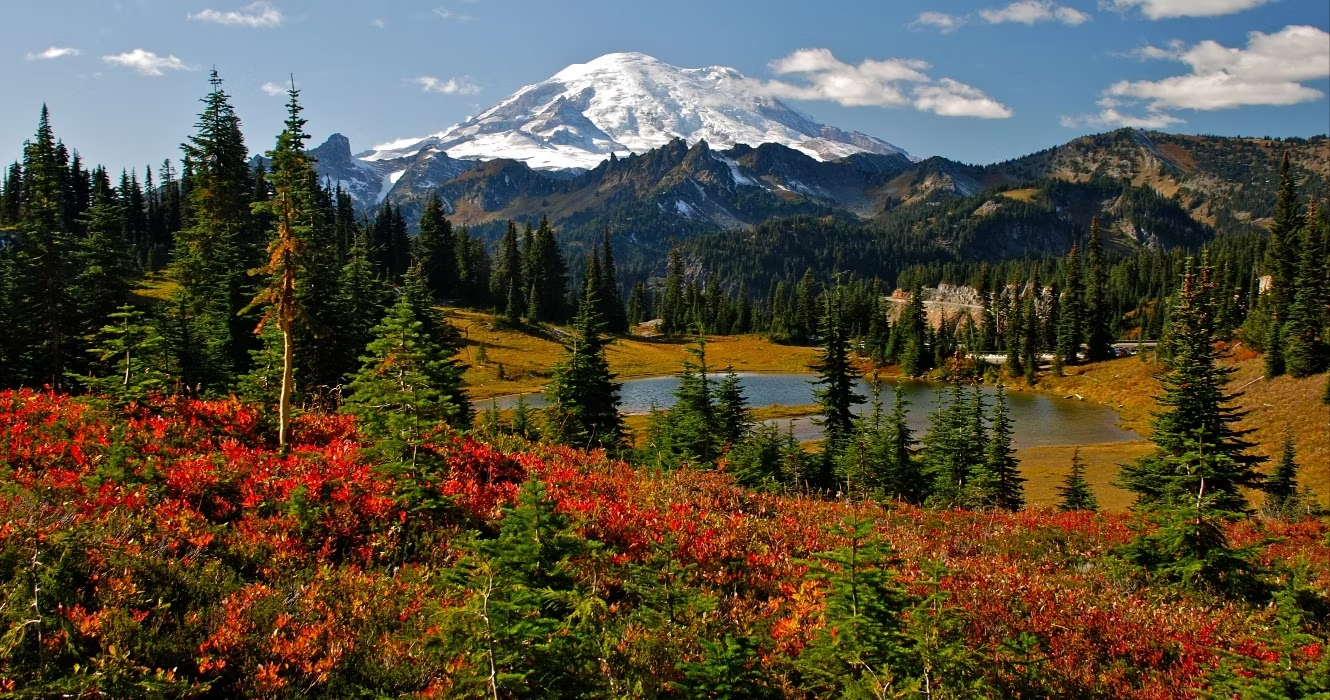






Travel Guide: Mount Rainier National Park
Best Time to Visit
The best time to visit Mount Rainier National Park depends on what you want to experience:
- Summer (July to September): Ideal for hiking, wildflower viewing, and exploring the high-altitude regions. The weather is mild, and most of the snow has melted, opening up a majority of the park’s trails.
- Fall (October): Offers stunning fall foliage, cooler temperatures, and fewer crowds. However, some higher elevation trails may begin to see snow.
- Winter (November to March): Perfect for snowshoeing, cross-country skiing, and other winter sports. Paradise and Sunrise areas become winter wonderlands.
- Spring (April to June): Snow begins to melt, and lower elevation trails start to open. Waterfalls are at their peak flow, but some higher trails may still be snow-covered.
Getting There
- By Car: Mount Rainier National Park is about a 2-hour drive from Seattle. There are four main entrances: Nisqually (southwest), Carbon River (northwest), White River (northeast), and Stevens Canyon (southeast). The Nisqually entrance is the most popular and provides year-round access to the Paradise area.
- Public Transportation: Limited options are available, and having a car is recommended for flexibility and convenience.
Top Attractions
- Paradise: The most popular destination in the park, Paradise offers stunning views of Mount Rainier, subalpine meadows filled with wildflowers, and access to numerous trails.
- Sunrise: The highest point accessible by car, Sunrise offers panoramic views of Mount Rainier, Emmons Glacier, and the surrounding Cascades.
- Grove of the Patriarchs: A family-friendly trail located near the Stevens Canyon entrance, this easy hike takes you through a forest of ancient, giant trees, some over 1,000 years old.
- Reflection Lakes: Located near Paradise, these picturesque lakes provide stunning reflections of Mount Rainier on calm days. It’s a great spot for photography and picnicking.
- Carbon River & Mowich Lake: The northwest corner of the park offers a more rugged experience with fewer crowds. The Carbon River area is home to lush rainforests and the Carbon Glacier, the lowest-elevation glacier in the contiguous U.S.
Hiking
Mount Rainier National Park is a hiker’s paradise, offering over 260 miles of maintained trails ranging from easy nature walks to challenging alpine climbs. Some must-do hikes include:
- Skyline Trail (Paradise): A 5.4-mile loop that offers close-up views of glaciers, waterfalls, and alpine meadows.
- Naches Peak Loop (Chinook Pass): A 3.4-mile loop that provides panoramic views of Mount Rainier, lush meadows, and wildflowers.
- Wonderland Trail: A 93-mile trail that circumnavigates Mount Rainier, offering a challenging but rewarding multi-day backpacking experience.
Wildlife
Mount Rainier National Park is home to a diverse array of wildlife. Keep an eye out for black bears, elk, mountain goats, marmots, and a variety of bird species. Early morning and late evening are the best times for wildlife viewing. Always maintain a safe distance from animals.
Lodging & Camping:
- Lodging: The historic Paradise Inn and the National Park Inn at Longmire offer rustic accommodations within the park. Nearby towns such as Ashford and Packwood provide additional lodging options.
- Camping: The park has several campgrounds, including Cougar Rock, Ohanapecosh, and White River. Reservations are recommended during peak season. Backcountry camping is also available with a permit.
Tips for Visiting:
- Weather: Weather in the park can change rapidly, especially at higher elevations. Always be prepared for a range of conditions, including rain, snow, and temperature drops.
- Permits: Some activities, such as backcountry camping and climbing, require permits. It’s best to check with the park’s visitor center for specific requirements.
- Safety: Stay on designated trails, carry sufficient water, and be aware of wildlife. During winter, be cautious of avalanche zones and always check the weather forecast before venturing out.
Conclusion
Mount Rainier National Park is a destination that captures the heart of every visitor with its awe-inspiring landscapes and natural beauty. Whether you’re exploring its vast wilderness, photographing its iconic vistas, or simply soaking in the tranquility, a visit to Mount Rainier is an unforgettable experience. Plan your trip carefully, respect the park’s natural environment, and enjoy the breathtaking beauty that awaits you.

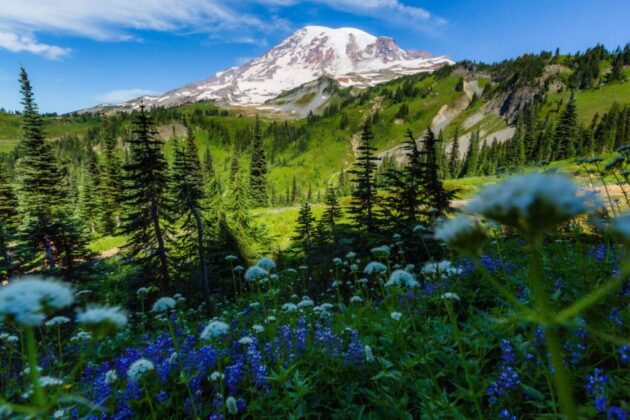










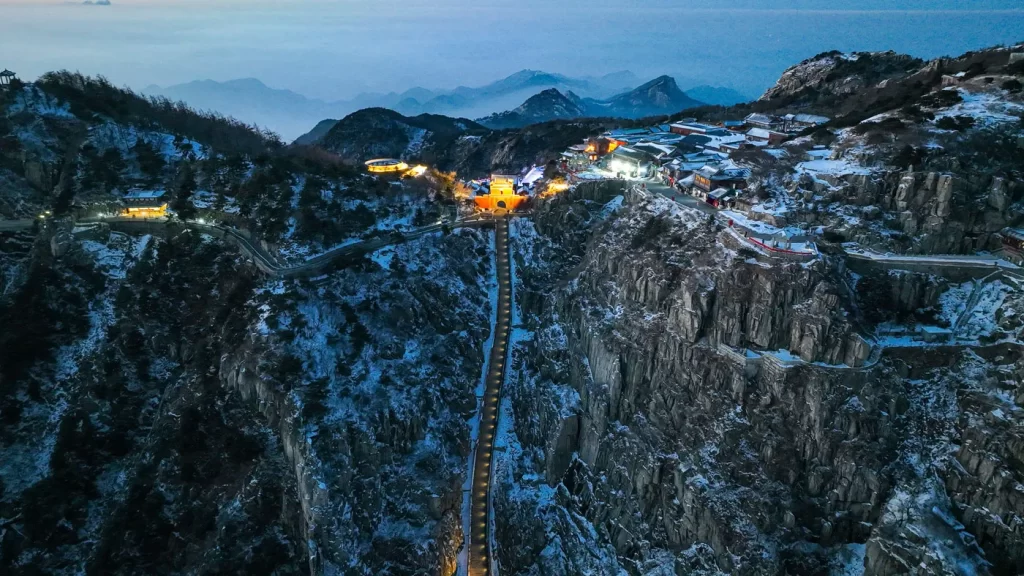
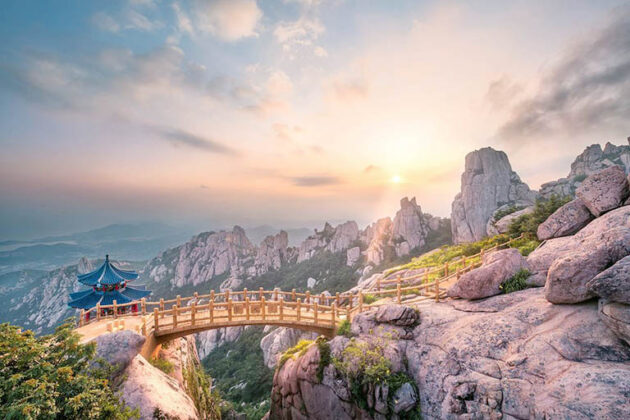
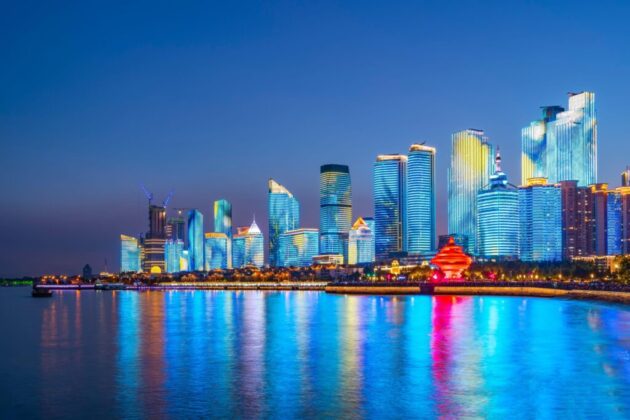
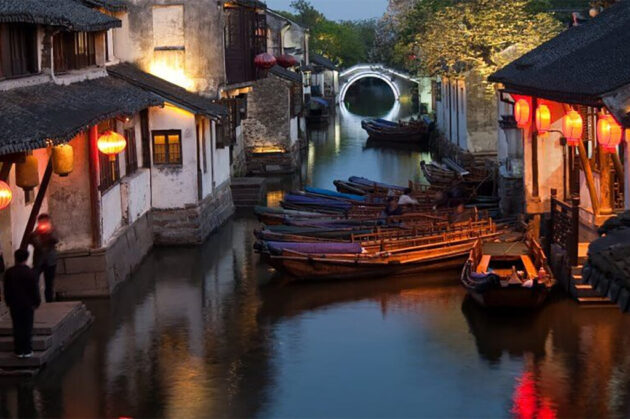
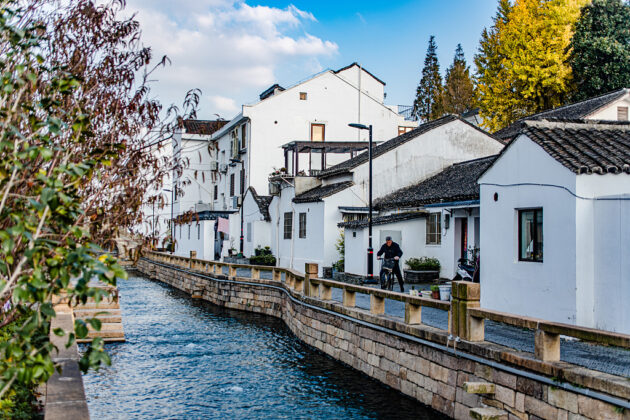
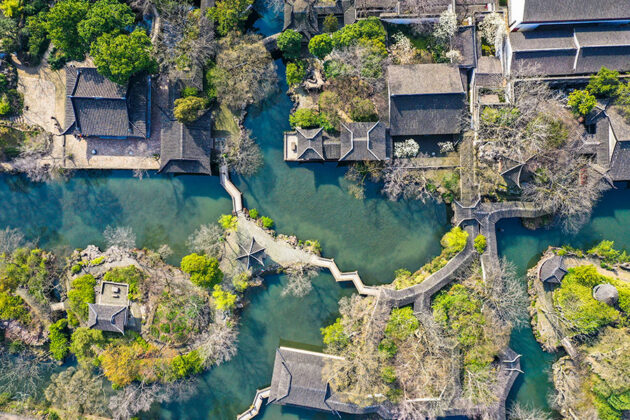
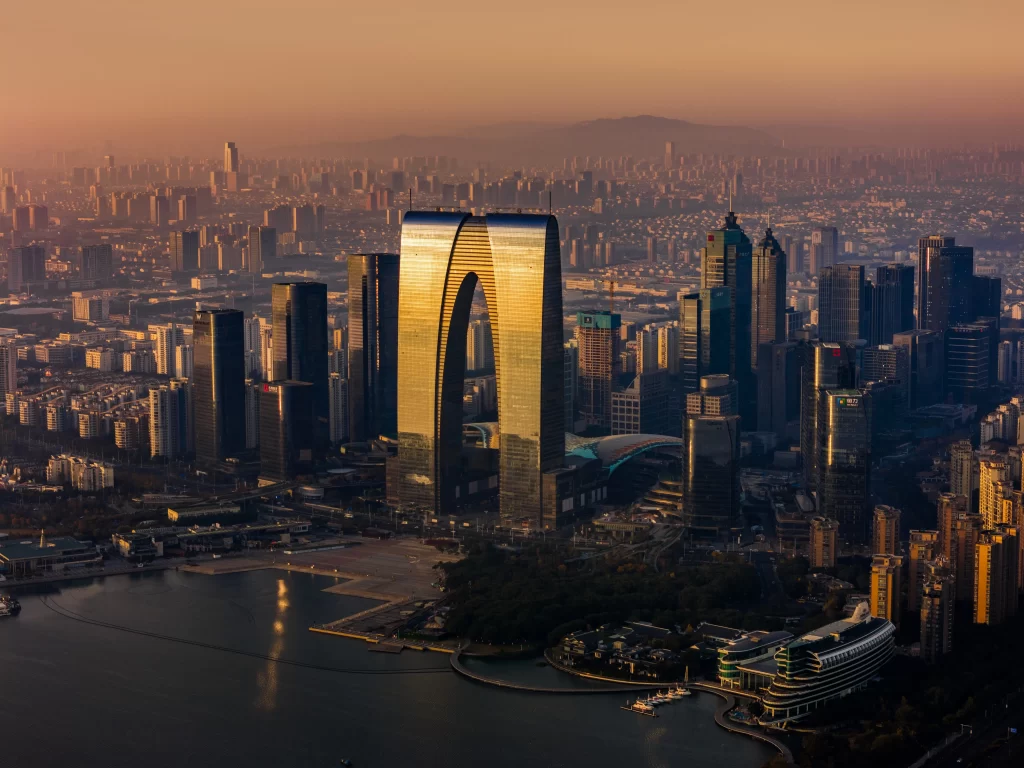
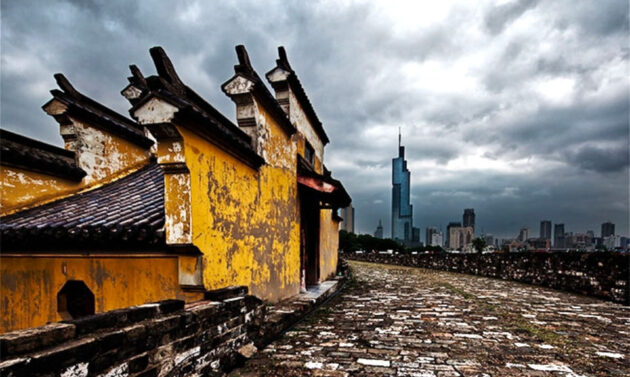
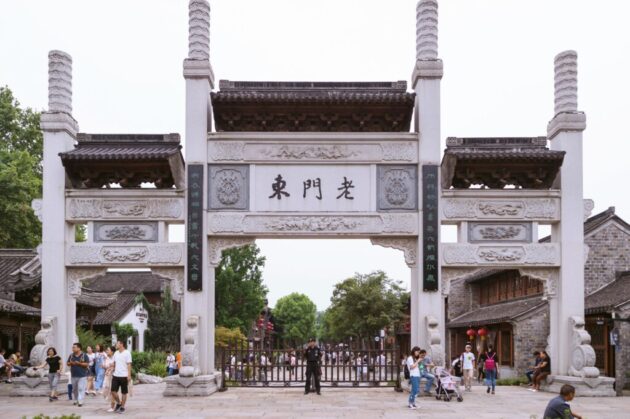
Leave a Reply